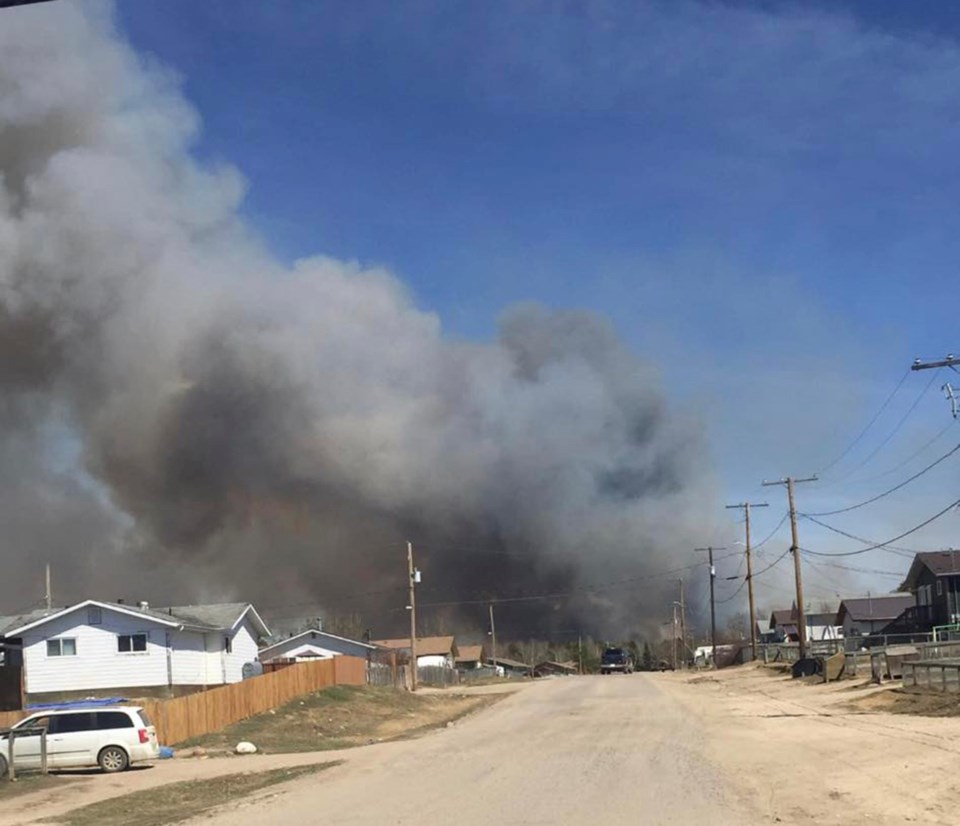REGINA - Saskatchewan Public Safety Agency provided their update Monday on their spring and summer operational outlook, and the indication is an earlier than usual wildfire season is anticipated.
“It’s of no surprise that Saskatchewan received below average precipitation this past winter,” said SPSA President Marlo Pritchard as he provided the risk outlook. He said that at this time the province is anticipating areas of drought, lower water tables and higher temperatures. That means several areas of the province are at higher risk of grassfires this spring before greenup.
Pritchard added that going into the summer months Saskatchewan is likely to experience La Niña, which will persist into the fall and winter. Typically this brings cooler and weather conditions but that is not always the case.
To address the spring conditions, the agency is preparing for an earlier than usual wildfire season. Steve Roberts, vice-president of operations, said because of the conditions they were seeing going in the spring, they brought their air crews and ground crews on earlier.
“Ground crews are already in training as are air crews. The result will be we have trained personnel and aircraft available about two weeks earlier than we did this time last year,” said Roberts.
In addition, their Type Two crews are also being recalled early in the event of spring fire conditions. Their start up date is April 7. The ground crews are in their second week of training right now and should be ready next week to do response activity as required.
Roberts said they plan to bring on the same number of permanent seasonal staff firefighters and the same number of Type Two crews as well. He said they always have the capacity to bring on Type Three firefighters in augmented roles as the situation requires; that is what they did in 2023. They have 220 Type One firefighters and 410 Type Two firefighters available.
The SPSA emergency response team, which provides all hazard response, have been readily available as they operate year-round.
Ultimately, said Roberts, what will generate the response in the activity will be the number of fires in the next two months. “Those fires will be man caused primarily, so our actual result of how much fire, areas burnt and communities evacuated is 100 percent reliant on people being careful with fire and not causing fires that should be avoided in early spring conditions until lightning arises.”
Pritchard said about half the wildfires in any given year are started by humans, with lightning causing the other half. In the early part of spring, they typically do not see lightning, so the fires are most likely human caused. As a result, people are urged to take precautions and be aware of fire bans.
Currently, as of April 8, there are no wildfires burning in the province of Saskatchewan.
Last year, the wildfire season started very early in Saskatchewan, with major wildfires erupting in north Saskatchewan soon after officials provided their initial spring and summer outlook for 2023 last April.
As for water conditions, Shawn Jaques of the Water Security Agency reported on those throughout the province. He said a relatively warm winter in the southern part of the province meant they experienced some runoff in the beginning of March, which extended into mid March. With last week’s rapid thaw, they saw the runoff resume in many parts of the province.
The current snowpack is ranging from low to well below normal, and as below normal conditions persist this could result in water supply issues in 2024, especially in the agricultural significant western region.
The additional snow over southern Saskatchewan at the end of March did improve the water supply conditions in areas where storage is not full and they expect there will be some additional runoff north of the slopes of Cypress Hills, where more water is needed. Conditions are similar to last year, but still well below average. Lake Diefenbaker is higher than normal for this time of year as a result of an aggressive water management plan and a warm winter not requiring a lot of hydro power production. With a low snow pack in the mountains, it’s not expected to fill but they will have sufficient water to meet demands this year.
Water supply will continue to be monitored closely. The reservoirs are in good shape, according to Water Security Agency, with wells being full or nearly full this spring.



